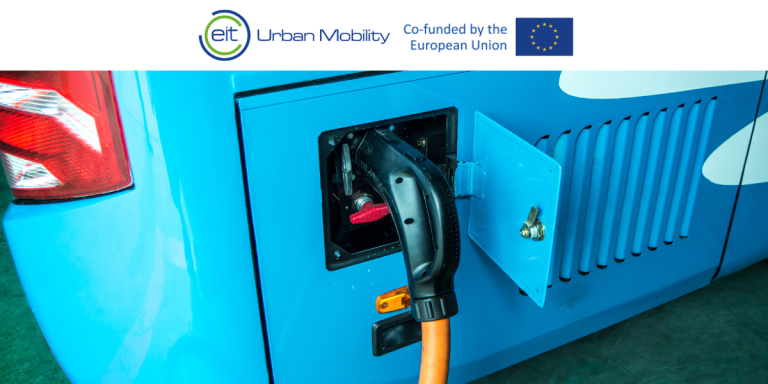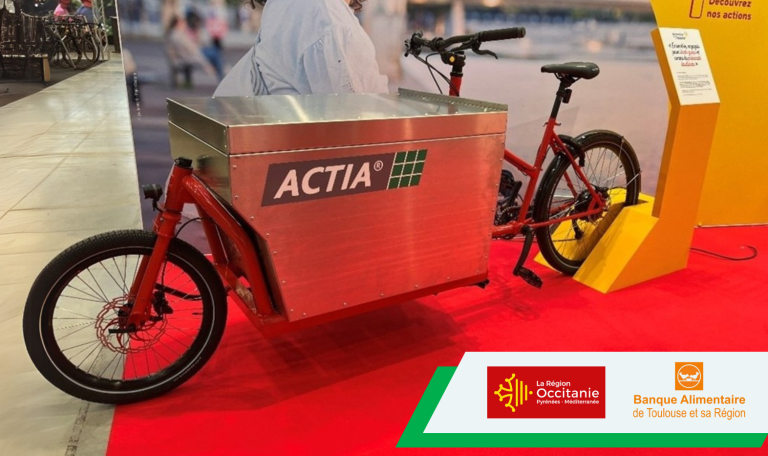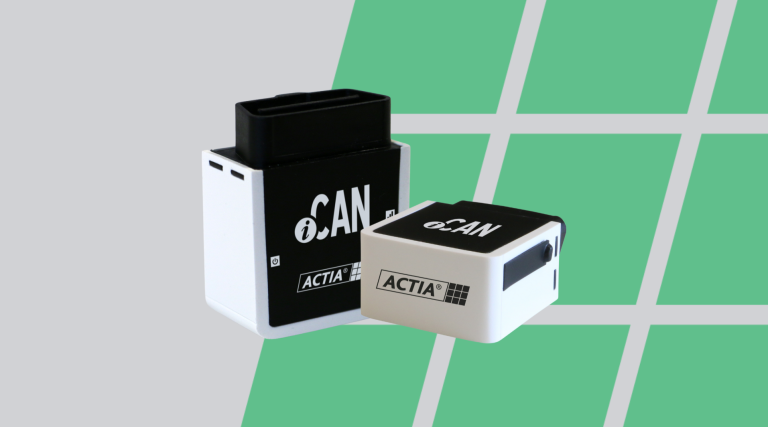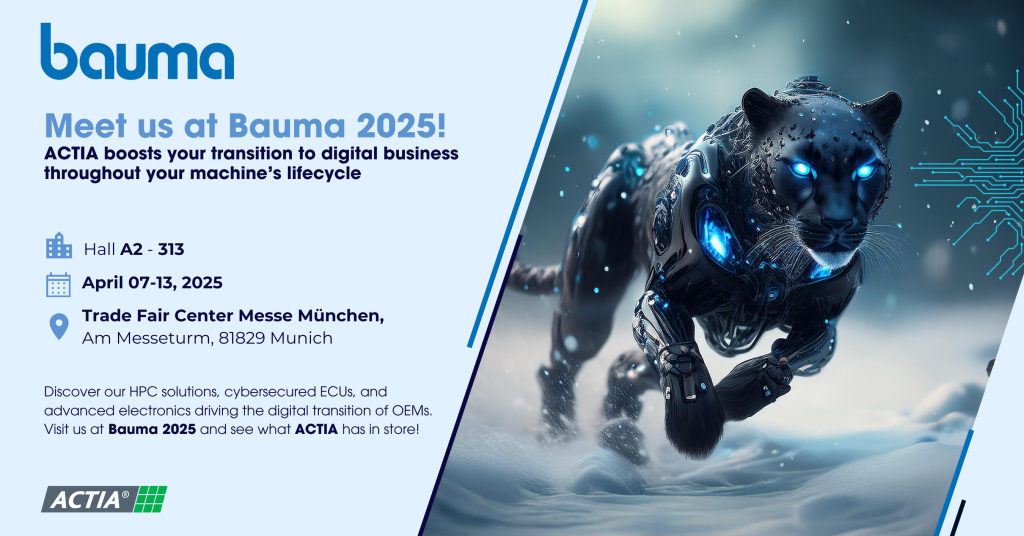“The approach of innovating all alone in your corner no longer exists. Silo innovation is over. In order to develop and remain competitive, companies need to join forces, by opening up to others and sharing their areas of expertise.”
David Elizalde, Director of Innovation Programmes, explains ACTIA’s Open Innovation approach.
Why does ACTIA favour an Open Innovation approach?
For ACTIA, Open Innovation is a way of increasing our capacity for innovation by collaborating with several organisations and, if necessary, by mobilising financial levers. It enables us to offer our customers innovative and sometimes disruptive technological solutions to improve performance, profitability and competitive positioning or to address other strategic challenges such as improving time to market.
Which topics does ACTIA’s Open Innovation focus on?
The topics mainly focus on the field of future mobility or smart mobility (intelligent, sustainable, safe and connected) and affect all of our solutions, namely:
– Command and control computers ;
– Human-Machine Interfaces ;
– Connectivity platforms ;
– Power converters ;
– On-board multimedia solutions ;
– Connected diagnostic, management & operational services.
What is ACTIA’s Open Innovation approach?
The approach is very simple: “To structure an efficient innovation ecosystem with ACTIA at its centre, at regional, national and international level”.
In a world where disruption and change have become the norm, we rely on the power of collaboration: we rely on a complete chain of co-innovation, from partner solution providers (academics, laboratories, research institutes, major suppliers, start-ups, clusters, etc.) to partner customers, not to mention our own internal levers within the ACTIA Group.
Customers, ACTIA’s main innovation partners
ACTIA’s main innovation partners are our customers. These are mainly the major vehicle manufacturers in all mobility segments (micromobility, cars, buses, lorries, construction machinery, agricultural machinery, etc.) who, in a partnership-based approach, are designing tomorrow’s vehicles. ACTIA is helping them to digitalise vehicles and connect them to their environment.
The local network: Occitanie, land of innovation
Occitanie is the leading French region for R&D (3.7% of its GDP – source Agence Ad’Occ) and has positioned itself as a land of experimentation and innovation, particularly in smart and low-carbon mobility, aeronautics, space and embedded electronics.
Among the main local players we are involved with in Innovation projects are CEA, LAAS-CNRS, IRT Saint Exupéry, the Aerospace Valley Competitiveness Cluster, the Totem Cluster, and of course INSA Toulouse.
The extended design office
In addition to this outward-looking approach, ACTIA’s innovation also has a cross-disciplinary and global structure within the Group. This is one of the objectives of the Cross Border Engineering programme, which embodies the concept of the extended design office. The group relies on a community of innovators and people responsible for innovation in all of its subsidiaries. These multiple skills, spread over different sites, are able to address needs as closely as possible with our customers and pool innovation resources at a global level.
In your opinion, what are ACTIA’s assets for effective Open Innovation cooperation?
I would say that the culture is already there. There is a well-established culture of innovation at ACTIA. The ideation process is natural in the group because the teams have become accustomed to collaborative and open innovation, to this culture of sharing and co-construction. The collective is one of the values the group holds dear and this is reflected in the mindset with which we approach innovation: creating common value through compatible ambitions and complementary skills.
Then we have agility, which is a key asset, because in our markets Time to Market is still a major issue. Our agility allows us to work easily with smaller organisations that are also very agile. As we are a medium-sized group with independent capital, we are quite agile in the way we approach an innovation project. This agility helps to reduce the “operating gap” between two very different organisations. We are rapidly entering into a collaborative and pragmatic phase with our partners, as time is of the essence in our highly competitive markets.
Finally, open innovation is no longer the little project at the back of the design office. Today, open innovation involves the whole company in a cross-disciplinary and holistic way: Procurement for negotiating the collaboration agreement, Legal to deal with intellectual property issues, HR to train employees in new ways of working in open innovation, marketing, etc. This collaborative approach is part of ACTIA’s DNA.
Some of ACTIA’s Open Innovation projects
Collaborative projects financed under the France Relance plan
– CAAS-3: Car As A Service, addresses the challenges of the Automotive Industry of the Future.
– EFIBA: project on the first French autonomous electric bus.
– POWER2024, as part of CORAM: Steering Committee for Automotive and Mobility Research.
Competitions
ADEME’s Extreme Challenge, a micromobility project: “Let’s think about and design the rolling object beyond the object”, in collaboration with INSA Toulouse and ISDAT (Toulouse Higher Institute of Arts and Design).
MOT Challenge: Multiple Object Tracking, the global benchmark competition for tracking objects in a video scene.
The network
TOTEM, mobility cluster in Occitanie with 3 innovation clusters: automotive, rail and maritime.
Major supplier partners in ACTIA’s innovation
Suppliers are also partners in ACTIA’s innovation.
Hypervisor project: OpenSynergy, NXP®, Mobica and ACTIA have developed a joint reference platform demonstrating a hypervisor-based TCU (Telematics Control Unit).
The Linux Foundation: ACTIA is participating in the development of an open source operating system for vehicles







